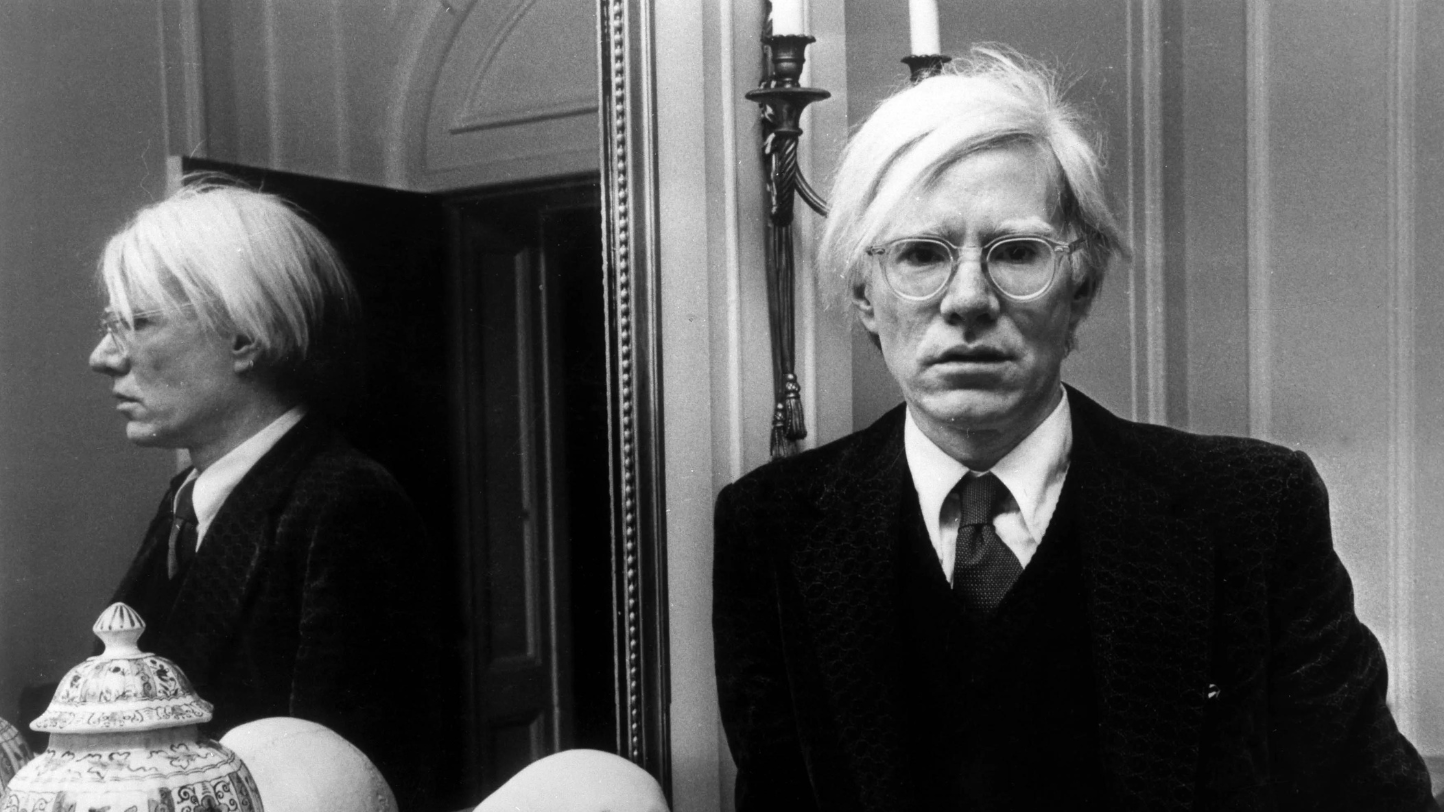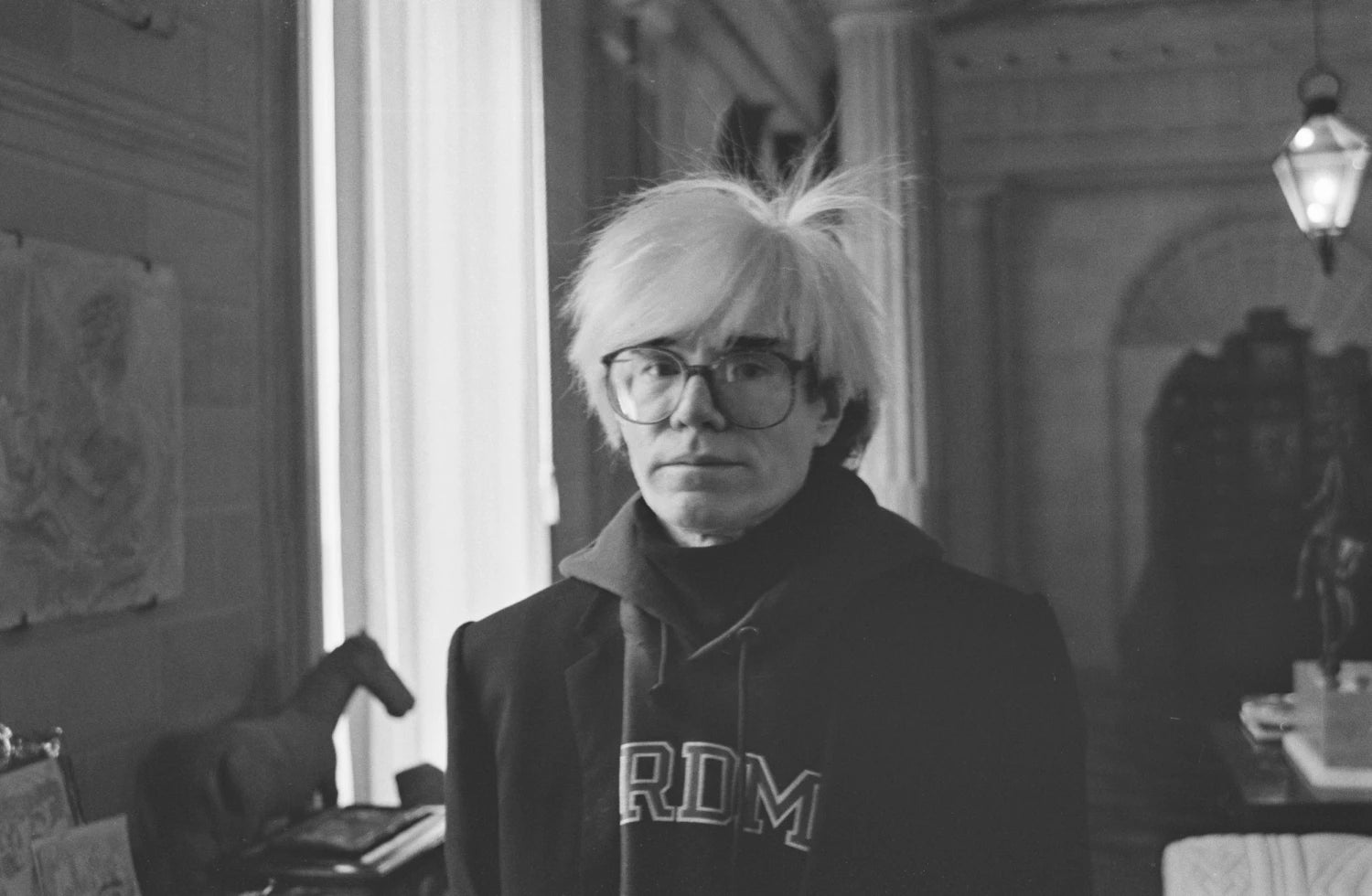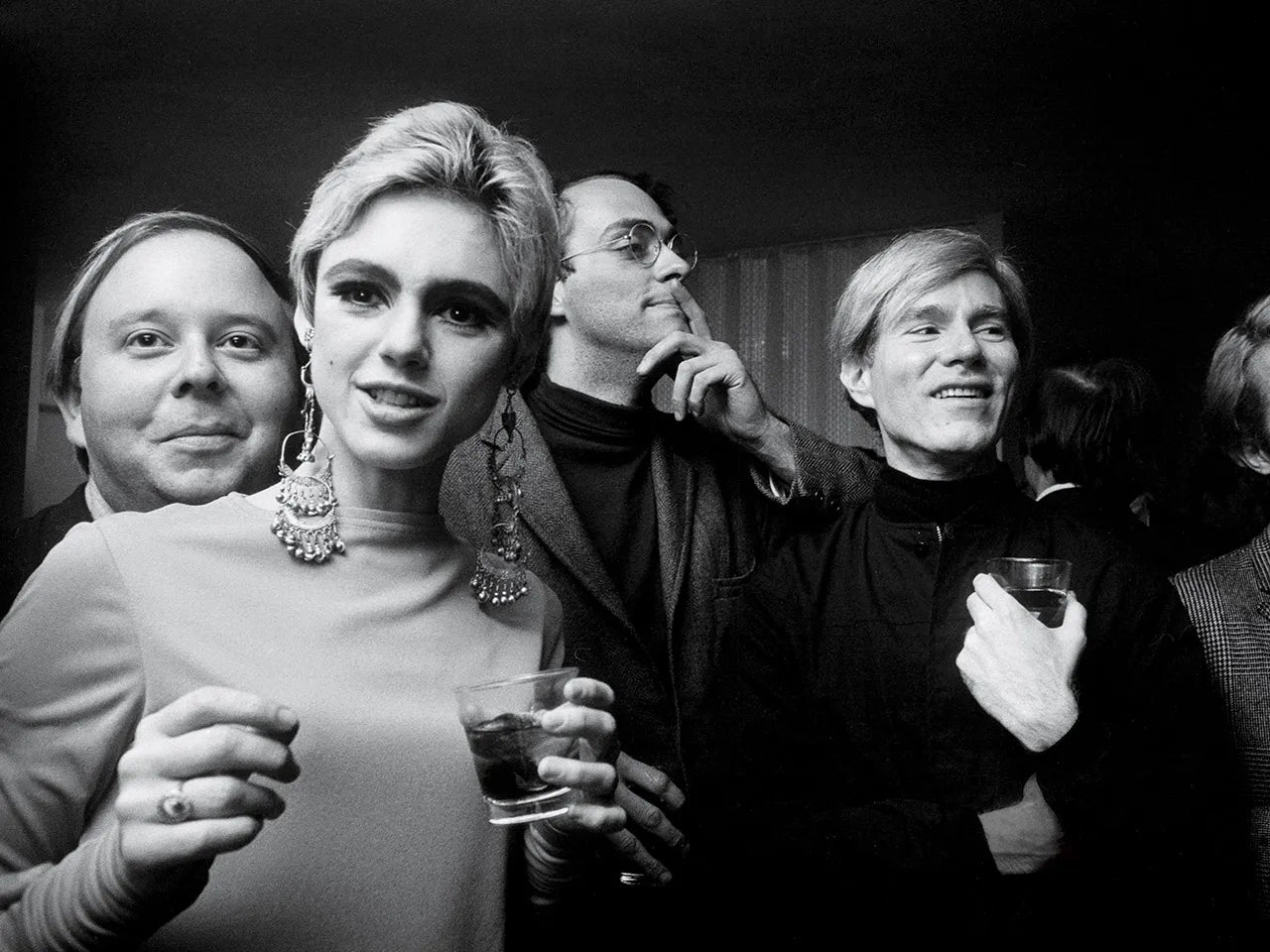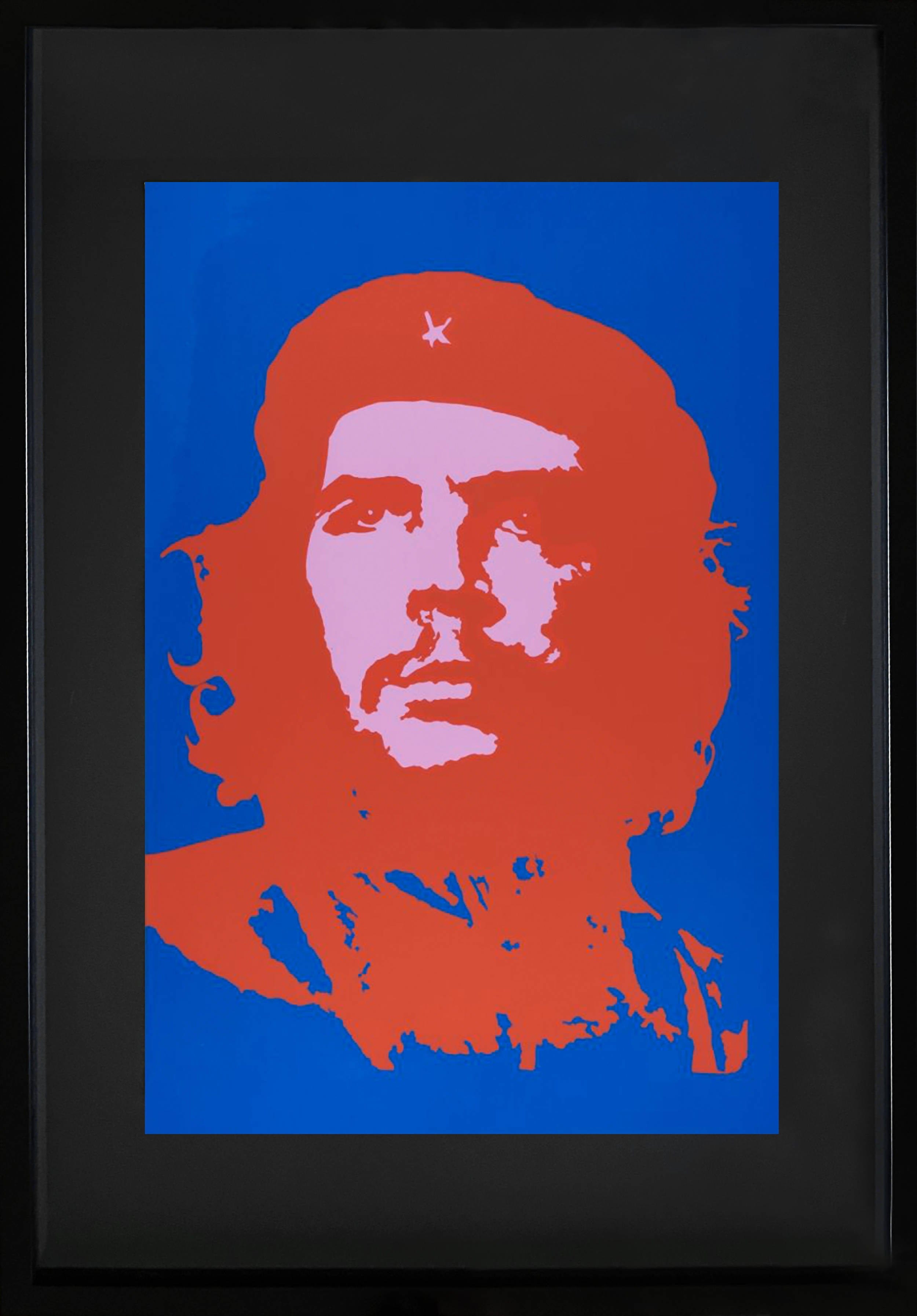
Fascinated by celebrities, Andy Warhol built an image of itself over decades. Politically indifferent and instantly successful are some of the myths created as the legend grew. Here we will demystify some of the main ideas about Andy Warhol.
1.Your success was not immediate
When Irving Blum organized the first exhibition of work by Andy Warhol, filled with canvases of Campbell's Soup on the supermarket shelves in the Ferus Gallery, not all viewers loved it. One art critic wrote of Warhol: "This young 'artist' is either a head nut or a hard-headed charlatan", and Willem de Kooning called him a "beauty killer". The first show of Andy Warhol it was deemed a flop, but it wasn't long before everyone was talking about this mysterious master of pop.
2.Politician through his art
Although he often disliked giving his opinion in public, offering simple and quick answers in interviews or even sending others in his place, Andy Warhol used his pieces of art as a means of communication. In addition to revolutionizing the painting process by portraying countercultures, he also made some political statements through his art, an example of which is Race Riots, a piece that denounced the violence used against civil rights demonstrators, Vote McGovern, trying to demonstrate that Nixon was so unpleasant as their policies. Rumor has it that the president hated his jobs so much that Andy Warhol was audited by the IRS that year and every year thereafter.

3. Was technically dead for 1.5 minutes
When Valerie Solanas shot Andy Warhol on June 3, 1968, the news was published in all newspapers. When the American artist was taken to the hospital, doctors lost hope of saving him, declaring him dead until his friend Mario Amaya shouted: “Don't you know who this is? It's Andy Warhol. He's famous. And he's rich. He can afford to pay for an operation. For Christ's sake, do something” Doctors tried to revive him again and succeeded, despite the bullet having penetrated his esophagus, liver, intestines and gallbladder. Coincidentally, Robert Kennedy was killed the following night.

4. Andy Warhol was not asexual
Andy Warhol is often portrayed as asexual, preferring to observe and portray the Factory scenes and characters in his often erotic films without participating. This assumption is wrong, however, actor John Giorno revealed that the two were lovers and it is also known that Warhol had a 12-year relationship with decorator Jed Johnson. As Wayne Koestenbaum wrote: “How gay was Warhol? As gay as you can get.” Apparently, for Warhol, “everything is sexual … Movement is sexual. Stillness is sexual. Looking and being looked at are sexual. Time is sexual.”

6. Andy Warhol was a religious person
Andy Warhol he often appropriated religious imagery in works such as “The Annunciation and Saint Apollonia” and, although it might seem that he did it for fun, with its kitsch value, his faith was sincere. He regularly attended church on Lexington Avenue, finding comfort in the rites and rituals of Catholicism. It is also said that he had a crucifix in every dresser in his house. This attachment to religion stems from his close relationship with his mother, with whom he lived until a year before her death. Warhol was also greatly influenced by his father's death; one of his first paintings, Living Room, which portrays the room where his body was laid for three days, and this preoccupation with death and religion.

7. The wig covered your insecurities
While it might seem like an easy way to create a signature look, wearing a Warhol wig was less of a statement and more of a sign of self-awareness. When I was younger, Andy Warhol suffered from mental health issues that caused him to lose a lot of hair on various parts of his body. In addition to covering up her insecurities, the wig turned out to be a character trait. Andy Warhol. However, it was not always advantageous, as many people found the wig to be “embarrassing”. In 2006, one of the silver wigs was one of the items sold by Warhol's nephew at auction, where it fetched more than $10,000.

8. Defended drag and trans culture
The Factory was a haven for figures from various subcultures and minorities, as well as those who challenge the gender binary. With series like Ladies And Gentlemen, Warhol brought drag queens and transgender people – like Marsha P Johnson, a gay and trans rights advocate who played a major role in the Stonewall riots – into his art and films. Andy Warhol he also dressed in drag in one of his polaroid self-portraits.

9. Collected boxes of cookies
Perhaps unsurprisingly, the king of kitsch also has a vast collection of cookie boxes. These sold for £250,000 on the sale of the Warhol estate at Sotheby's after his death in 1988.

10. Wrote a novel
In addition to the much cited Philosophy of Andy Warhol, Andy Warhol is known for writing several books – including 25 Cats Named Sam and Wild Raspberries – and even a novel entitled A Novel. The book follows 24 hours in the life of Ondine, an actor who regularly appeared in Warhol's films and a fixture at The Factory.

11. 75% of Warhol works sell for over $1 million at auction
That said, most of Warhol's oeuvre is well past the $1 million mark. Typically, these batches consist of screen-printed silkscreens rather than paper which was often used for larger issue sizes. Many works are available on paper and are much more accessible.
12. Warhol's first exhibition in a museological institution was in 1965
55 years before the last major Tate retrospective, and two years after President Kennedy passed away, Andy Warhol enjoyed his first exhibition at the Philadelphia Institute of Contemporary Art. Opening night was packed with over 1,600 fans eager to check out Andy Warhol.



